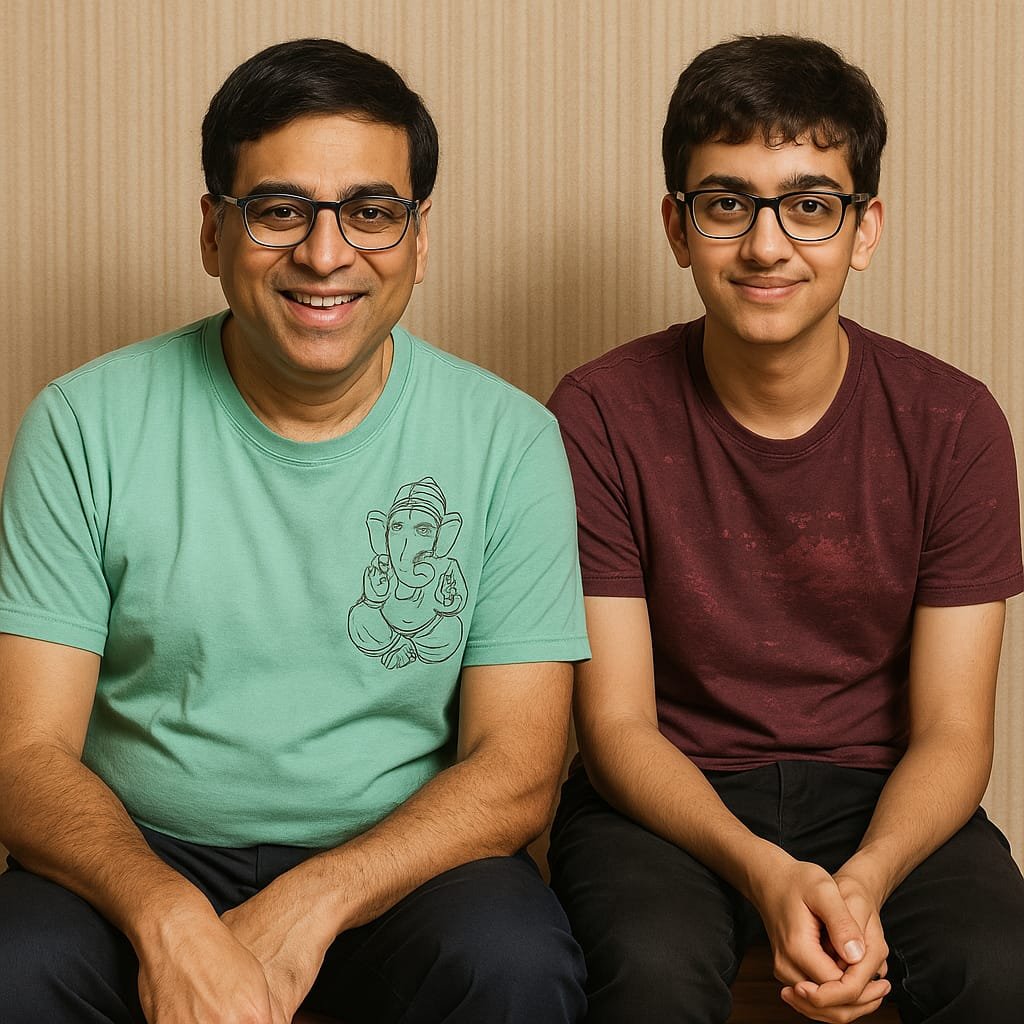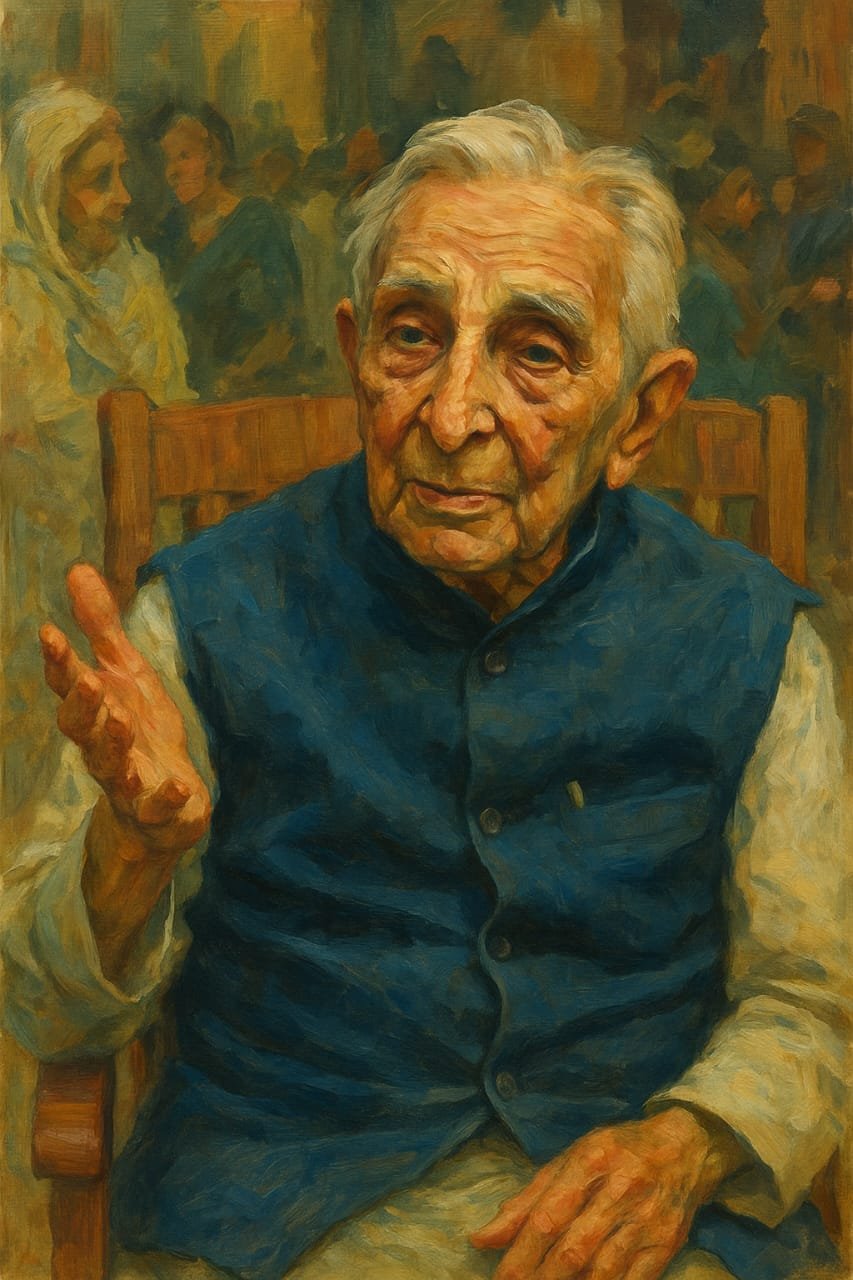“Sometimes a fool, sometimes a sage, sometimes possessed of regal splendour; sometimes wandering, sometimes like a motionless python, which waits for its food to come to it; sometimes wearing a benign expression, sometimes honoured, sometimes insulted, sometimes unknown—thus lives the man of realization. Ever changing but always in the core of the heart, peaceful and all love.” Shankarcharya (Vivekachudamani).
Meditation is more than a mere practice; it is a profound sphere that always leads a person to new dimensions. From time immemorial, spiritual seekers have practiced this art of living to understand the higher self, gain serenity in life, organize all thoughts, and, above all, know the meaning of wholeness.
The majority of individuals believe that life should be fully enjoyed. But in the majority of instances, we witness that the more we invest in this "life," the more interconnected with suffering we are. Life is not always as it seems. Two sides are always present and coexist. It is beset by opposite pairings, such as joy and suffering, disappointment and hope, and birth and death. We will inevitably find another if we look for one. That is life's law. A youngster begins of as an optimist and eventually turns pessimistic as it gets older. Seldom do youthful aspirations of contentment and pleasure come true.
Meditation: The Direct Perception of Self
To overcome the maladies of life, one has to connect with the ultimate reality, and the guiding force is meditation. Meditation leads to a direct perception of the self, and it is more than reason, intellectual understanding, and emotional charge. The truth is always intuitive, but the validity of realization is through reason. Most of the time, in intense meditation, a person may experience psychic things that may, for the time being, hallucinate the mind. However, when he or she goes back to the world again, miseries afflict the person from all squares. So, reasons are important to clear the doubts about that realization.
Meditation is the direct perception of an inner being that is the core of all beings. That is beyond the physical aspects, beyond the brain, and even beyond the mind. The step leading to meditation is uninterrupted spiritual concentration of mind on the self. Such concentration does not develop easily. It has to be practiced consciously, regularly.
Initial Stages of Meditation
In a very general sense, meditation is understood as a deep concentration on any object. Concentration is an indispensable part of our existence. We see, we hear, we do through concentration, though the degrees are different. Concentration is the way to gain knowledge of a subject. If we concentrate on a particular subject, we can understand the internal secret of it. That’s the beauty of it! This is the reason why holy people are able to read the secrets of the minds of other people, like the content of a book.
Meditation is not concentration but just a part of the process. When concentration becomes effortless and continuous, it takes the form of meditation. Mind waves are stopped and fixed on the object of concentration. It is the same amount of difficulty that we face during concentration. The only difference is that in the preliminary stage of concentration it’s difficult to attach, and during meditation it’s difficult to detach.
Concentration is the essence of all knowledge; every success of us, whether material or spiritual, can only be achieved by a one-pointed thought process. Yet the majority of people among us have wasted the thought process by frittering away the thought. In the mind, there are plenty of waves that rise and fall; some are stronger, some are weaker. According to our own internal nature, we are conditioned to certain ways of assimilating thoughts.
The Centre for Meditation
In Western meditation approach, teachers more often teach to concentrate on some external thing. For example, some flickering candle, or some spot and so on. However, the best meditation, though the toughest one is to draw our mind towards ourselves. And how this can be possible?
There are centers in our bodies from different consciousness emerge. The heart center is greatly extolled by the seers and sages. Mind you, the heart center is not the anatomical heart but the spiritual heart. It is the place from where every goodness of ours generates. Think of a spiritual center located near the heart. In the beginning, as you think of the Lord inside the body, you may think of flesh and bones. But soon you will forget the body and there will remain only the blissful and self-effulgent light within it.
Bhagwat Gita says, “Shutting out all external objects; fixing the gaze of his eyes between his brows; equalizing the outward and inward breaths moving in his nostrils; controlling his senses, mind, and understanding; being ever bent on liberation; riding himself of desire, fear, and anger—such a man of contemplation is indeed always free.”
There is a danger of falling asleep when you close your eyes completely. So, when your eyes are closed, your eyeballs must be motionless, and their gaze converges toward a point between the brows.
-Written by Shubhajit Chakraborty
Email-chakraborty.shubhajit@gmail.com






.jpeg)














2.jpeg)